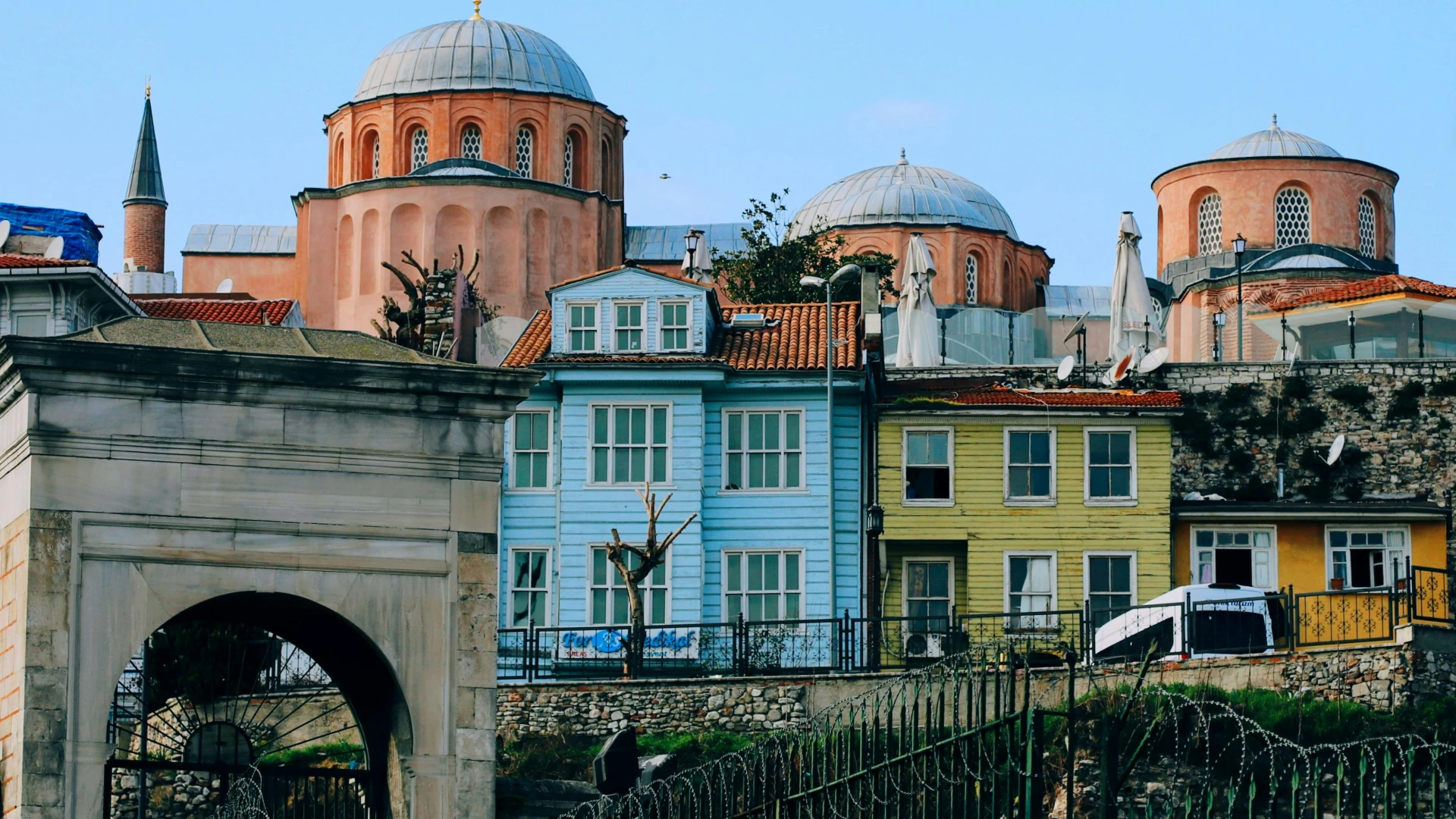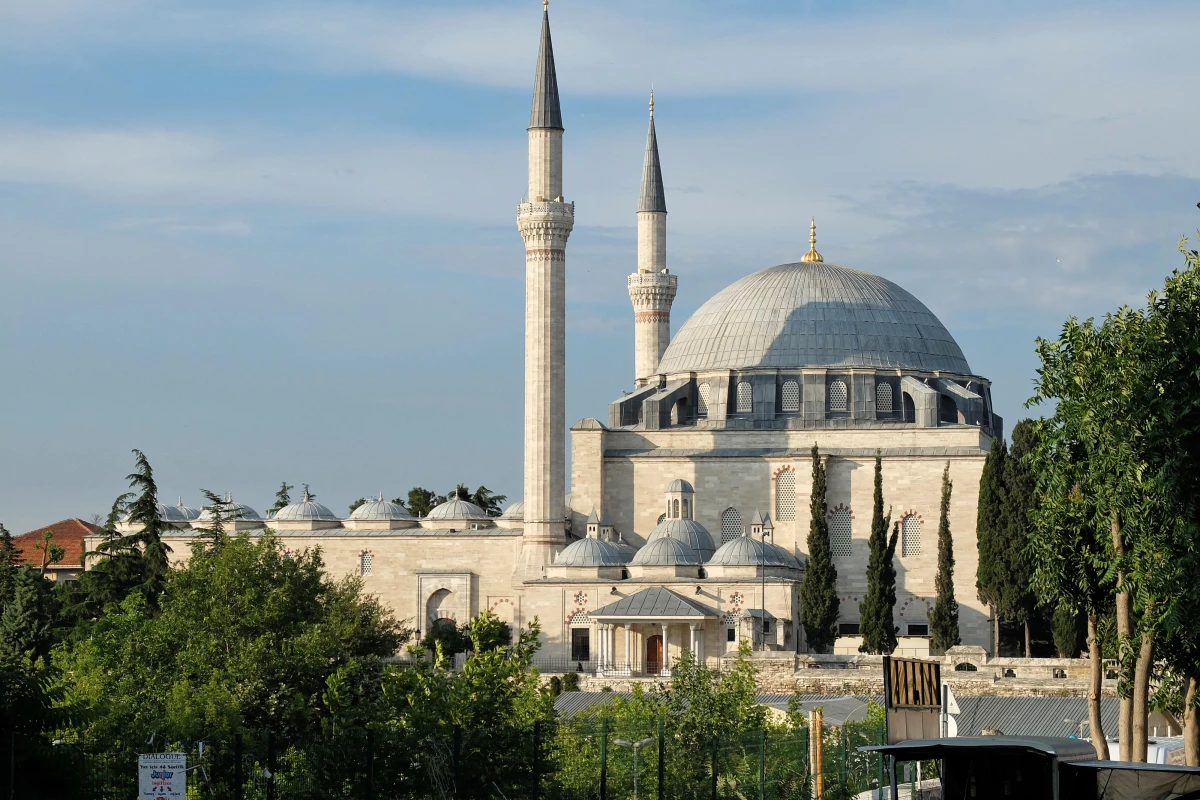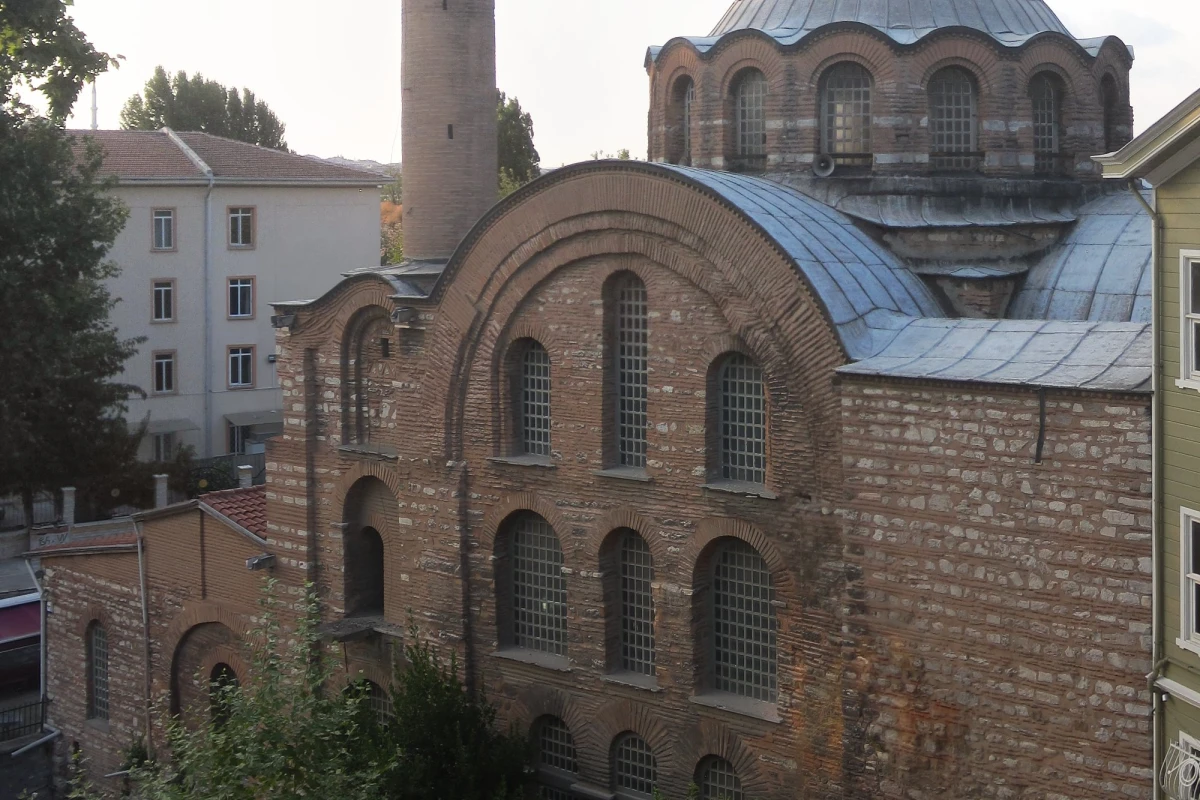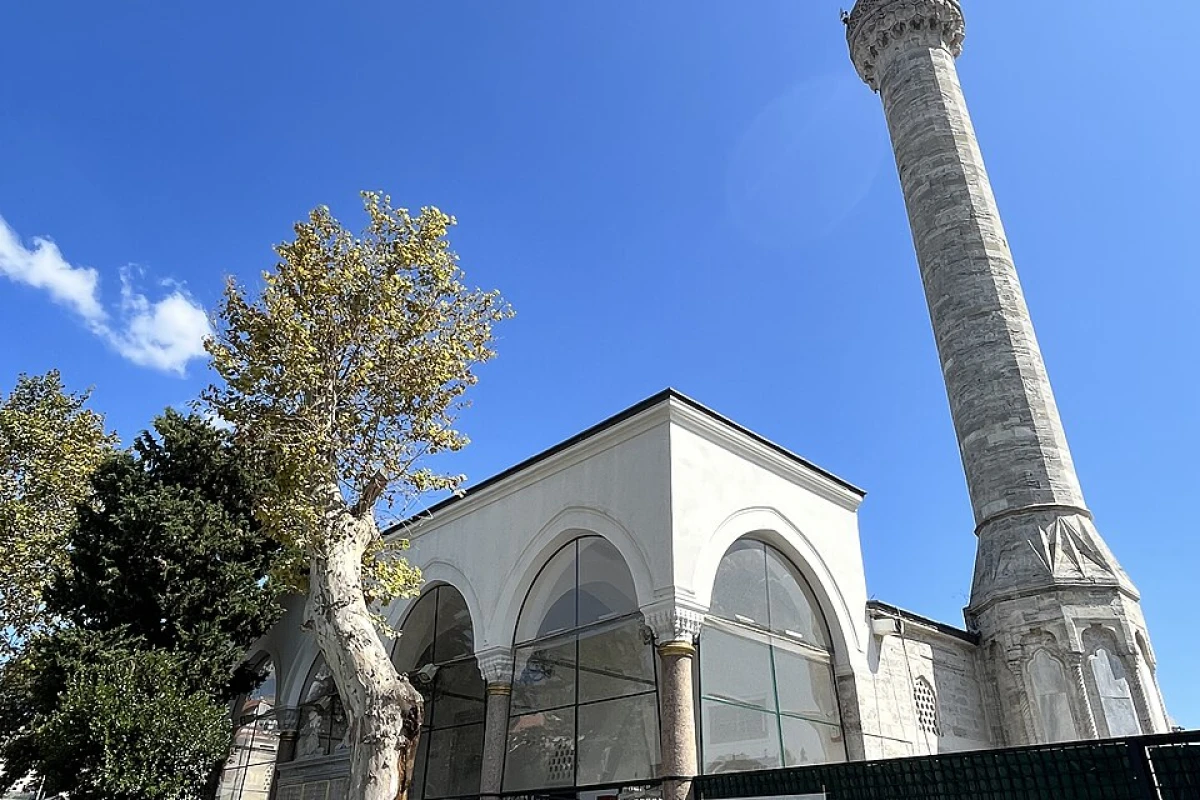A hilltop sanctuary shaped by royalty, reverence, and resilience.
A Testament to Imperial Devotion
Overlooking the Golden Horn from the historic Zeyrek quarter of Istanbul, the Zeyrek Mosque is more than just an architectural landmark—it is a silent witness to empires, love stories, and cultural transformation. Originally built as the Monastery of Christ Pantokrator (St. Savior) , it was commissioned in the early 12th century by Empress Eirene, a Hungarian-born royal who married into the Byzantine Komnenos dynasty.
What began as a personal act of piety later expanded under her husband, Emperor John II Komnenos, into one of the most important monastic complexes in Constantinople. The structure included not only a church but also a hospital and a library, establishing it as a center of faith, healing, and scholarship during the Byzantine era.
From Byzantine Church to Ottoman Mosque
After the fall of Constantinople in 1453, the monastery was carefully converted into a mosque complex. Unlike many rushed conversions, the Ottomans incorporated Islamic elements while respecting the building’s sacred Christian past. They named it Zeyrek Camii, in honor of Molla Zeyrek, the scholar appointed to lead its madrasa. The structure served Istanbul’s early Muslim intellectual life until the much larger Fatih Mosque Complex was completed.
Despite centuries of wear, the building still retains its mixed heritage—its apse reoriented with a mihrab, its elegant domes preserved, and its details enriched with Ottoman-era additions, such as the royal lodge built in the Baroque and Rococo style during the Tulip Period.
Final Resting Place of Emperors
This site was once the official burial ground for Byzantine royalty. Among those interred within its walls are Empress Eirene herself, her husband John II, Empress Bertha of Sulzbach, and Emperor John V Palaiologos. These tombs make the mosque one of the most historically significant religious buildings in the city, both architecturally and politically.
A Survivor of Plunder and Decline
During the Latin invasion of the 13th century, the church was occupied by Venetian clergy and repurposed as a palace by the Crusader Emperor Baldwin. Many of its relics, especially Pala d'Oro (Golden Cloth), were stripped and smuggled to Europe, and some are believed to be on display today in churches like St. Mark’s Basilica in Venice.
When the Byzantines reclaimed the city, the monastery resumed its religious role under the Palaiologos dynasty. After the Ottoman conquest, it was converted into a mosque, but eventually fell into disrepair as newer complexes took over its function. For decades, it remained neglected until modern restoration efforts revived it between 2010 and 2019.
The Neighborhood of Zeyrek
The mosque’s surroundings reflect the layered character of Istanbul. The nearby Unkapanı area, renowned for its trade and craftsmanship, lies just below, while the narrow lanes around Zeyrek are lined with Ottoman wooden houses, small tea shops, and glimpses of everyday life. This district offers a rare balance of historical silence and local vitality, making it one of the few places where Istanbul’s multilayered past feels intact.
Why Visit Zeyrek Mosque?
Unlike its more famous counterparts, such as Hagia Sophia or the Blue Mosque, Zeyrek Mosque remains relatively undiscovered by mass tourism. Yet its architectural complexity, religious significance, and historical continuity make it one of the most rewarding experiences in the city. Visitors can see the layers of history unfold—from imperial tombs to medieval mosaics, from scholarly madrasas to Sufi lodges, all under a single roof.
🕒 Plan Your Visit
| 📍 Location | Zeyrek, Fatih, Istanbul (click it to access location) |
|---|---|
| 🚌 Transport | Bus to Unkapanı Station, followed by a short walk downhill across İstanbul Manifaturacılar Çarşısı (İMÇ) |
| 🕰 Hours | Open daily; avoid visiting during prayer times |
| 💰Admission | Free of charge |
| 👗 Dress Code | Modest clothing required; headscarves available for visitors |
References
Tonguç, Saffet Emre. Istanbul: The Ultimate Guide. Istanbul Metropolitan Municipality Press, 2021, p. 111.
Necipoğlu, Nevra. Byzantine Constantinople: Monuments, Topography and Everyday Life. Brill, 2001, pp. 133–142.
“Istanbul Tour Studio – Zeyrek Mosque.” Istanbul Tour Studio, https://istanbultourstudio.com/things-to-do/zeyrek-mosque. Accessed 17 July 2025.





